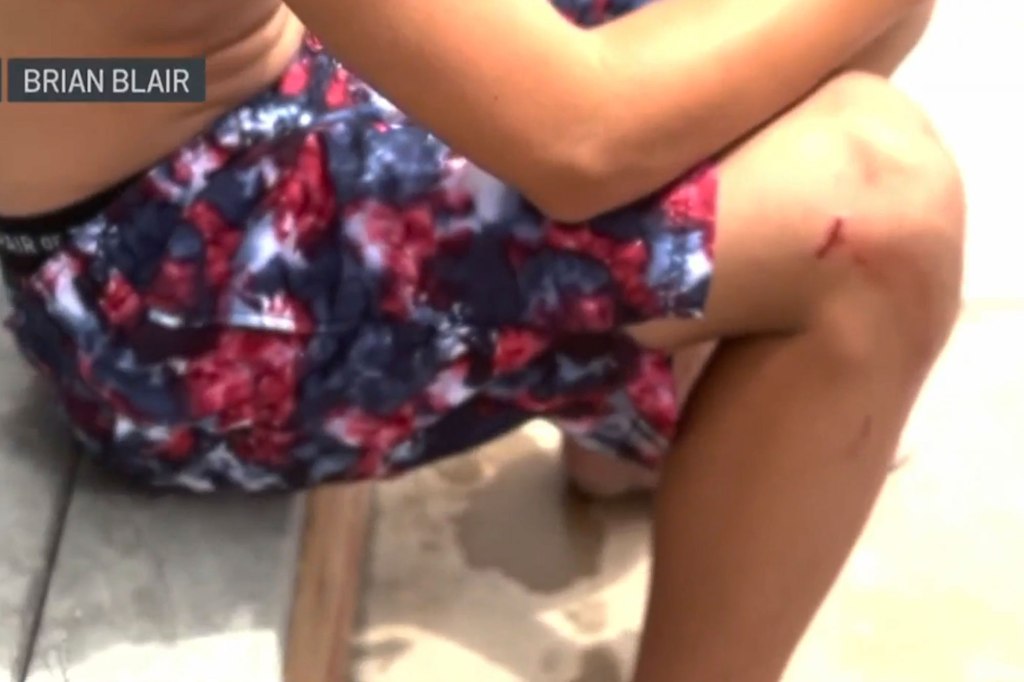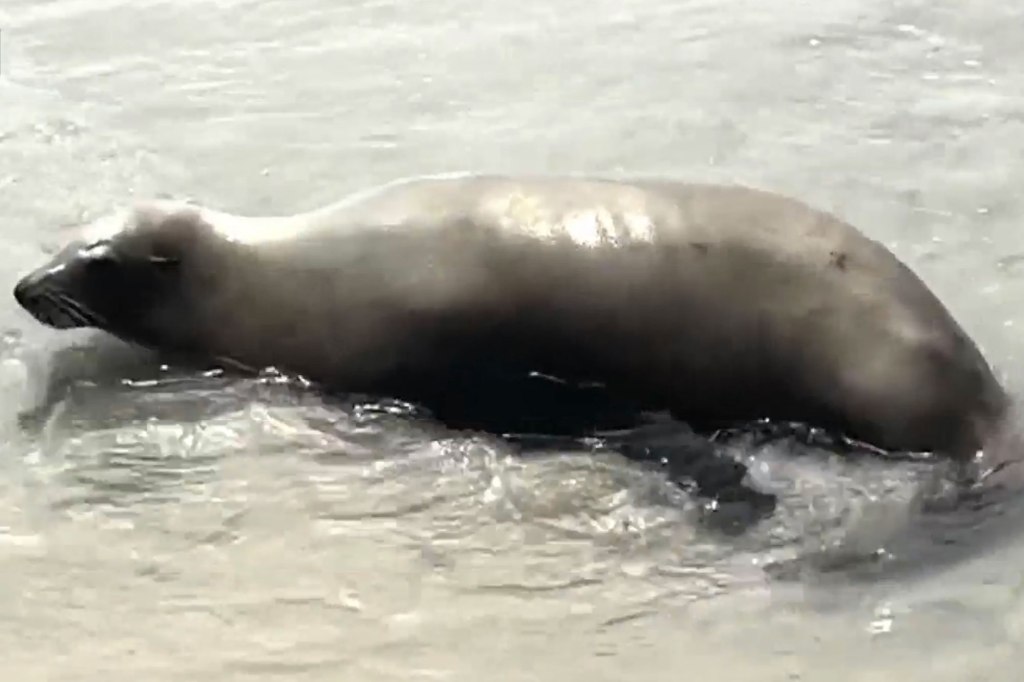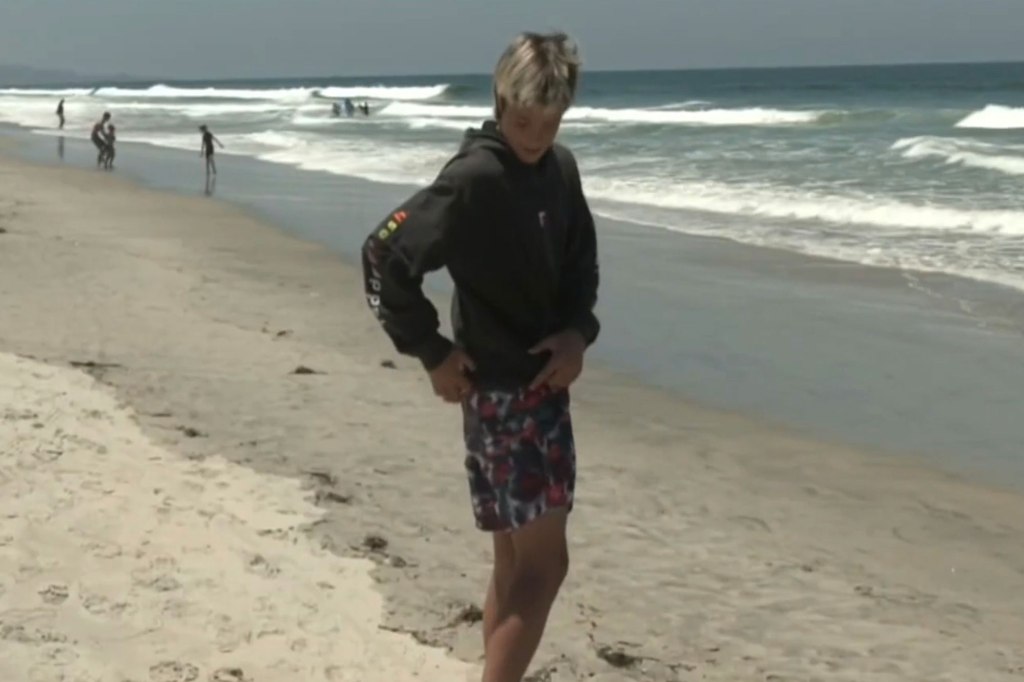Sea lion, possibly poisoned by toxic algae, bites teen swimmer twice off SoCal beach
A 14-year-old boy was bitten twice by a sea lion that may have been sickened by a local toxic algae bloom while he was swimming in Del Mar, California on July 4.
Dane Blair was spending the holiday at the beach with his family on Tuesday when the sea lion about 30 feet away made eye contact with him and quickly dipped below the surface, the teenager told NBC San Diego.
“Next thing I know it takes a big bite here, on my leg,” Blair told the outlet, pointing to his right knee.
But the marine mammal wasn’t done. It then took a chomp at his behind.
“It definitely hurt my butt because it took a big, big bite,” said Blair, who will start high school this fall.
He tried to flee to shore, but the sea lion refused to let go of his rear end, he said.

Once he reached the sand, he was finally able to wrestle himself loose and run towards his family, he said.
Blair’s father, Brian, took photos of the wounds. The sea lion’s teeth broke through Blair’s bathing suit and skin, causing bleeding, but the teen did not require stitches.
After the attack, the sea lion remained in the surf as waves slapped against him. Lifeguards, noticing something was off with the animal, phoned Sea World who captured the animal and are trying to nurse it back to health.
“It looked really tired. Its eyes were closed, and its mouth was twitching,” Blair said.
His father noted, “It clearly wasn’t doing well.”
A SeaWorld spokesperson told the outlet that it appears that the sea lion is experiencing poisonous effects of an algae bloom off the San Diego coast.
Fish are happy to eat the algae, but the animals that eat the fish can be impacted, according to SeaWorld veterinarian Kelsey Herrick.


“It does change the behavior and cause neurological symptoms and cardiac symptoms in sea lions and dolphins,” she told NBC San Diego.
Sea Lions in Orange County to the north have also been attacking beachgoers, believed to be caused by an algae bloom, KTLA reported last week.
Dr. Alissa Deming of the Pacific Marine Mammal Center told the outlet that domoic acid from the alga gets into the sea lions via the food chain and can cause a variety of health problems in the animals.
“Domoic acid is a neurotoxin that impacts the brain, your hippocampus in particular, and that results in seizure activity, and those seizure activities can result in animals acting anywhere from completely comatose and unresponsive to very hyperactive, confused and disoriented,” Deming said.
People were bitten on at least three separate beaches in recently in Orange County, forcing local officials to put up signs warning swimmers of the aggressive sea lions.
Read the full article Here


